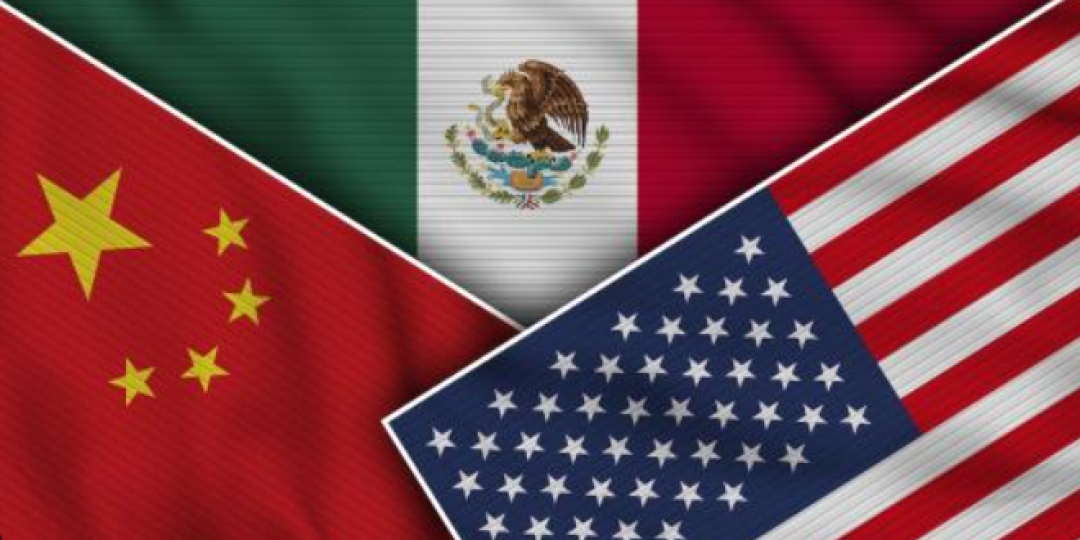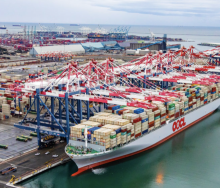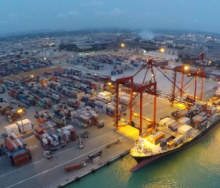Mexico has emerged as a significant gateway for Chinese goods into the United States, marking a notable shift in trade patterns.
In 2023, Mexico surpassed China as the leading source of goods imported by the United States, reflecting changing dynamics in global trade relationships.
This transition underscores the impact of escalating tensions between Washington and Beijing, prompting a redirection of imports towards countries perceived as more amicable and geographically closer to America.
According to reports from the US Commerce Department, the value of goods imported from Mexico to the United States rose by nearly 5% in 2023, exceeding $475 billion, while Chinese imports experienced a significant decline of 20% to $427 billion.
This reversal in trade flows highlights a strategic move by the US to diversify its import sources and reduce reliance on Chinese manufacturing.
The Biden administration's stance on reshoring and friend-shoring, encouraging companies to seek suppliers in allied countries or return manufacturing to the US has further influenced this shift.
Supply chain disruptions due to the Covid-19 pandemic have also played a role, prompting US companies to seek supplies closer to home, a trend known as near-shoring.
Interestingly, some Chinese manufacturers have established factories in Mexico to leverage the benefits of the US-Mexico-Canada Trade Agreement, facilitating duty-free trade within North America.
This strategic move has positioned Mexico as a key player in the evolving landscape of global trade.
While Mexico's rise as a top exporter to the US is significant, it also raises questions about whether Mexico has become a ‘back door into the US’ for goods from China.
The influx of Chinese goods into Mexico, as reported by Nikkei Asia, indicates a surge in China-to-Mexico containers, with volumes increasing by 60% in January.
El País has reported that, “while global trade shows signs of weakening, the shipment of goods from China to Mexico continues to increase and is ‘probably the strongest growing trade in the world right now,’ according to European data analytics firm Xeneta. Container demand for trade in this direction increased 59.7% in January compared with the same month in 2023.”
Donald Trump, currently campaigning to unseat Joe Biden as US President in November, has openly come out against China, warning the government of Xi Jinping against trying to avoid US tariffs by using Mexico as a way in.
Cars from automotive manufacturing plants erected in Mexico, possibly harming employment opportunities in the States, would have 100% tariffs imposed on imports into the US, said Trump.
Nevertheless, the trend of Chinese shipments moved through Mexico into the US, if sustained, could potentially position America’s southern neighbour as a top global trade route, surpassing volumes moving through the US West Coast by 2031.













